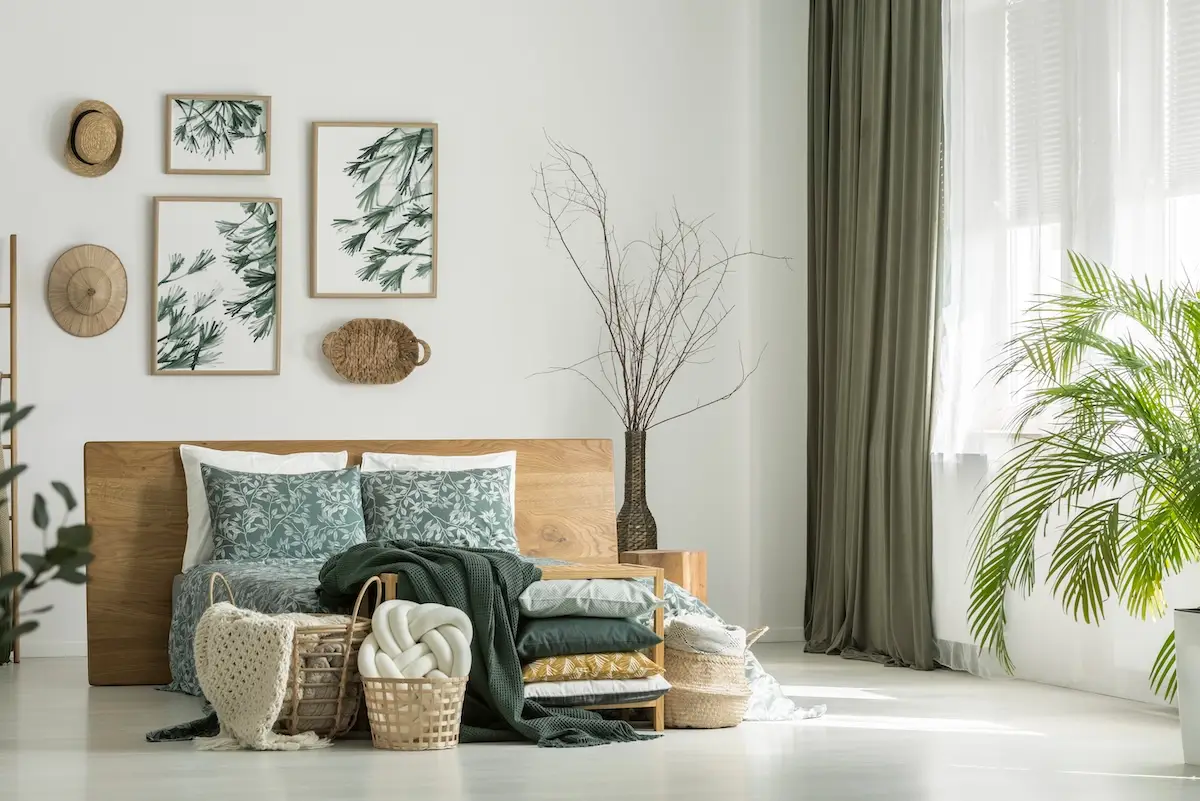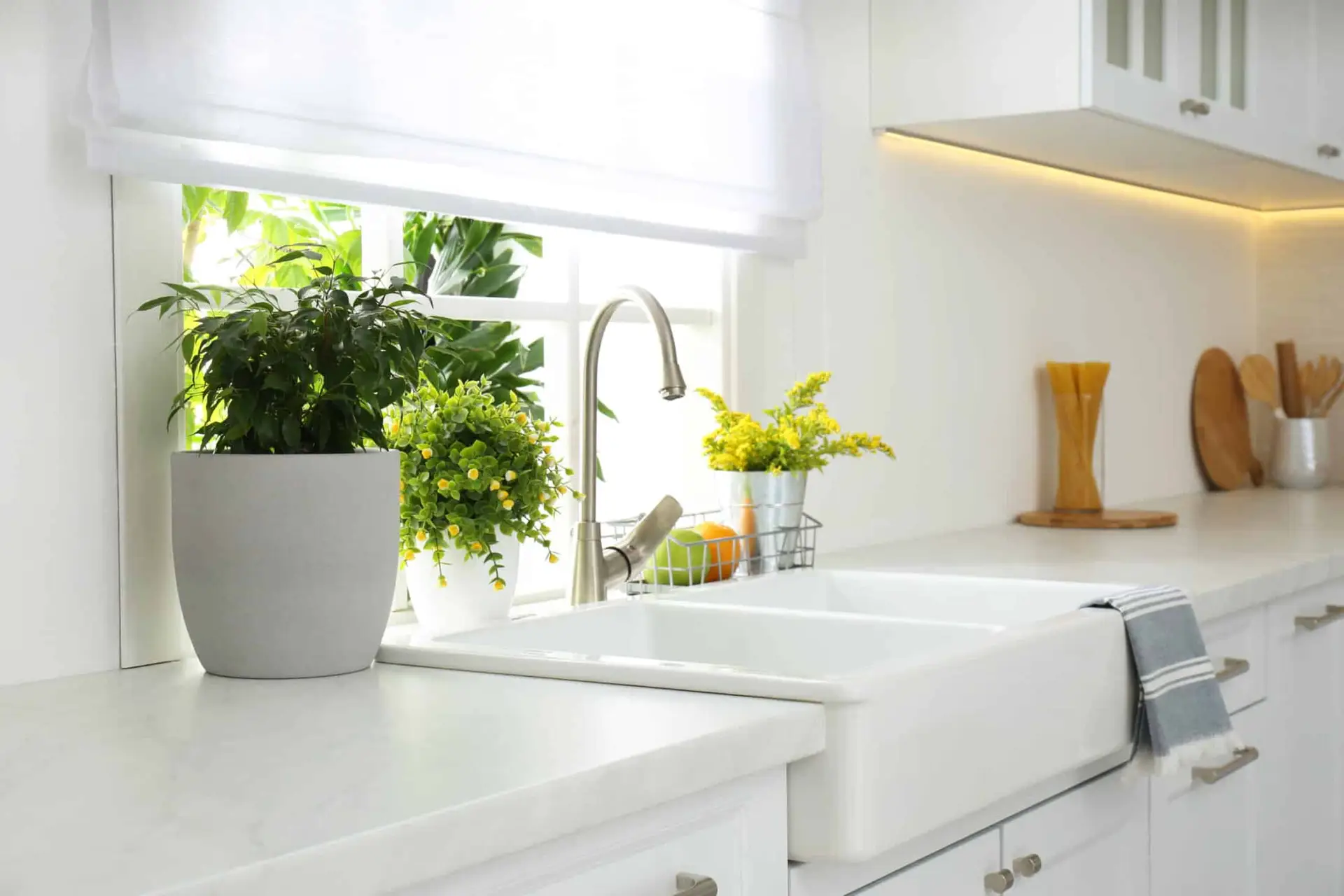Window treatments are more than just a way to cover your windows or keep the heat out. They are an element to your home décor that can be used to correct otherwise unsightly issues. If you have a window that seems to be on the small side, a window treatment hung correctly can make you feel like the window is bigger than it actually is. The right window treatment can also become a focal point of the entire space.
The key lies in knowing the differences between the various types of window treatments and how they affect the way light filters into your space. Materials make all the difference because certain ones will stretch and change over time.
Types of Window Treatments
Your window treatments can be broken up into two different main categories – shades and draperies. In each category, you have different types of each one, and they’re all appropriate depending on your space and your interior design goals.
Understanding Shades
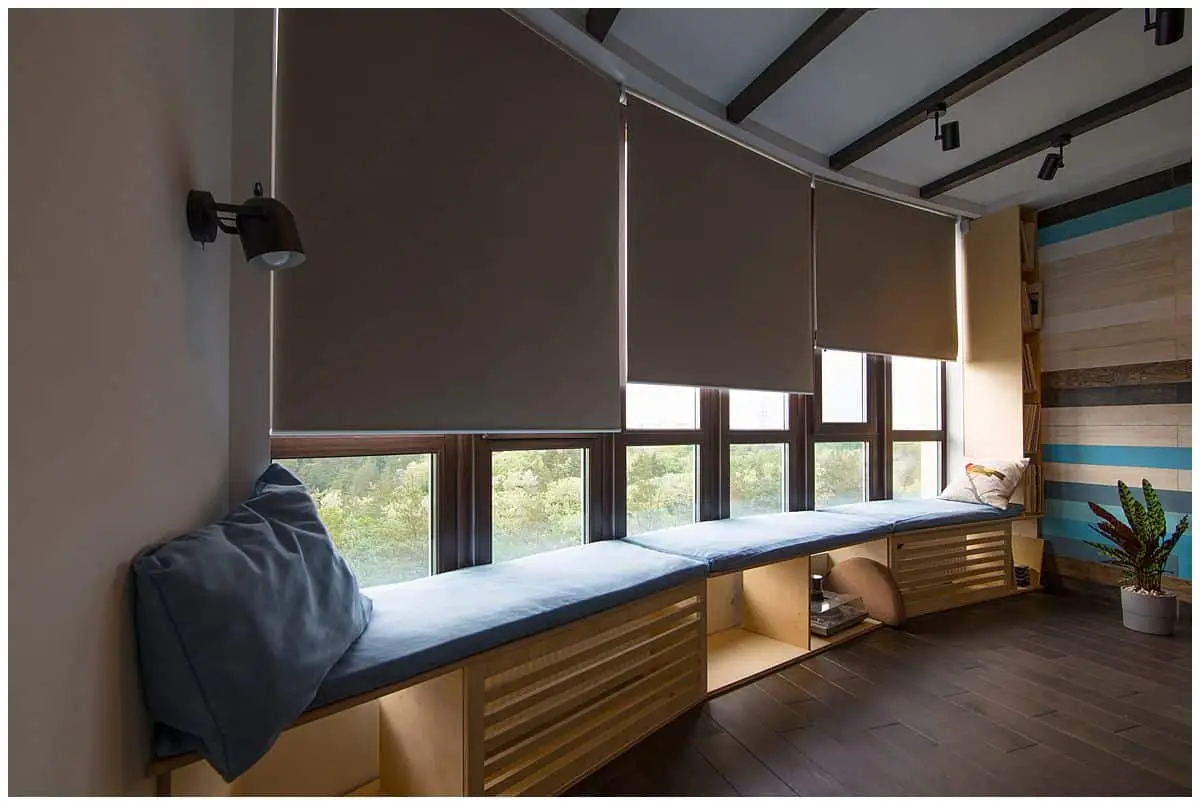
With several different shades to choose from, it’s essential to understand how they fit.
- Roman Shades: fold into themselves and open with a chain pull
- Roller Shades: roll over a central dowel and lay flat when they’re open
- Pleated Shades: expanding pleats with a clean look
- Solar Shades: protect your interior space from damaging UV rays
- Honeycomb Shades: also known as cellular shades, expand and look like a honeycomb from the side
Understanding Draperies
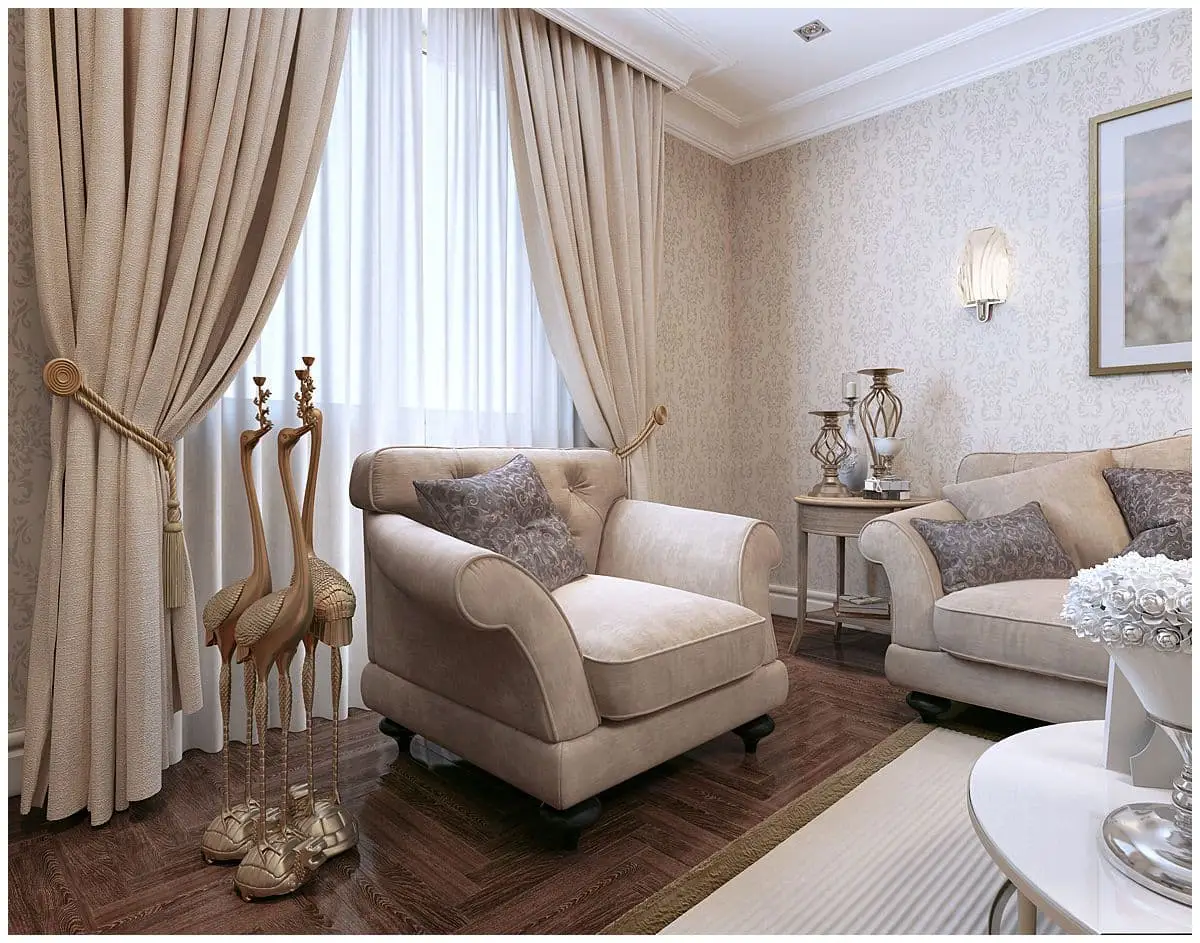
Draperies literally drape or hang over windows. To get an idea of what you’re looking for, it helps to know the different kinds that exist.
- Ripple Fold Drapery: no pleats and simple cascading waves
- Tailored Pleat Drapery: repeating folds sewn at the top of the drapes
- Grommet Drapery: drapery with metal rings at the top
- Pinch Pleat Drapery: pleats are sewn at the very top for a simple design
- Inverted Pleat Drapery: pleats sewn to hide the stitching at the top
- Rod Pocket Drapery: has a pocket at the top where the rod goes through from end to end
- Sheer Drapery: semi-transparent, great for softly filtering light
Blinds vs. Shades vs. Drapery
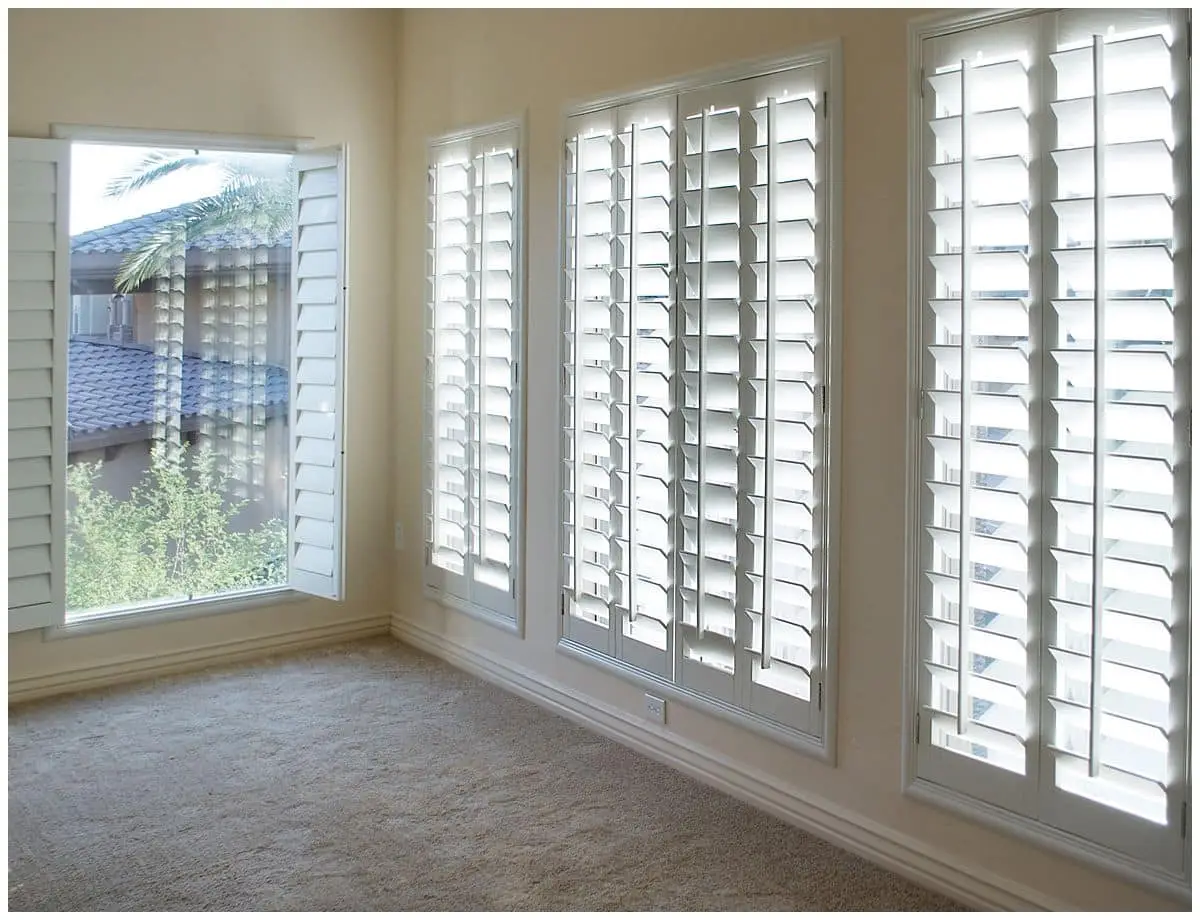
Blinds are a whole different animal when it comes to window treatments. While offering a minimal appearance, blinds are slatted compared to shades that typically fabric. To get the right fit for either one, you need to measure the width of your windows and the length you’d like them to hang.
Drapery is measured a little differently. You want to measure the distance from the hanging point on the wall to the floor for the best fit. You’ll also find various prints, colors, and patterns to choose from to make your window treatment a central focal point in your design space.
The Bottom Line
Layering is a good thing because sheer drapery combined with a pleated option adds visual interest. Don’t overdo it, though, because you’ll actually prevent light from getting through, making your space appear smaller. Compare alternatives and consider what will work best in each room. Getting your window treatment right can transform your space, one room at a time.


